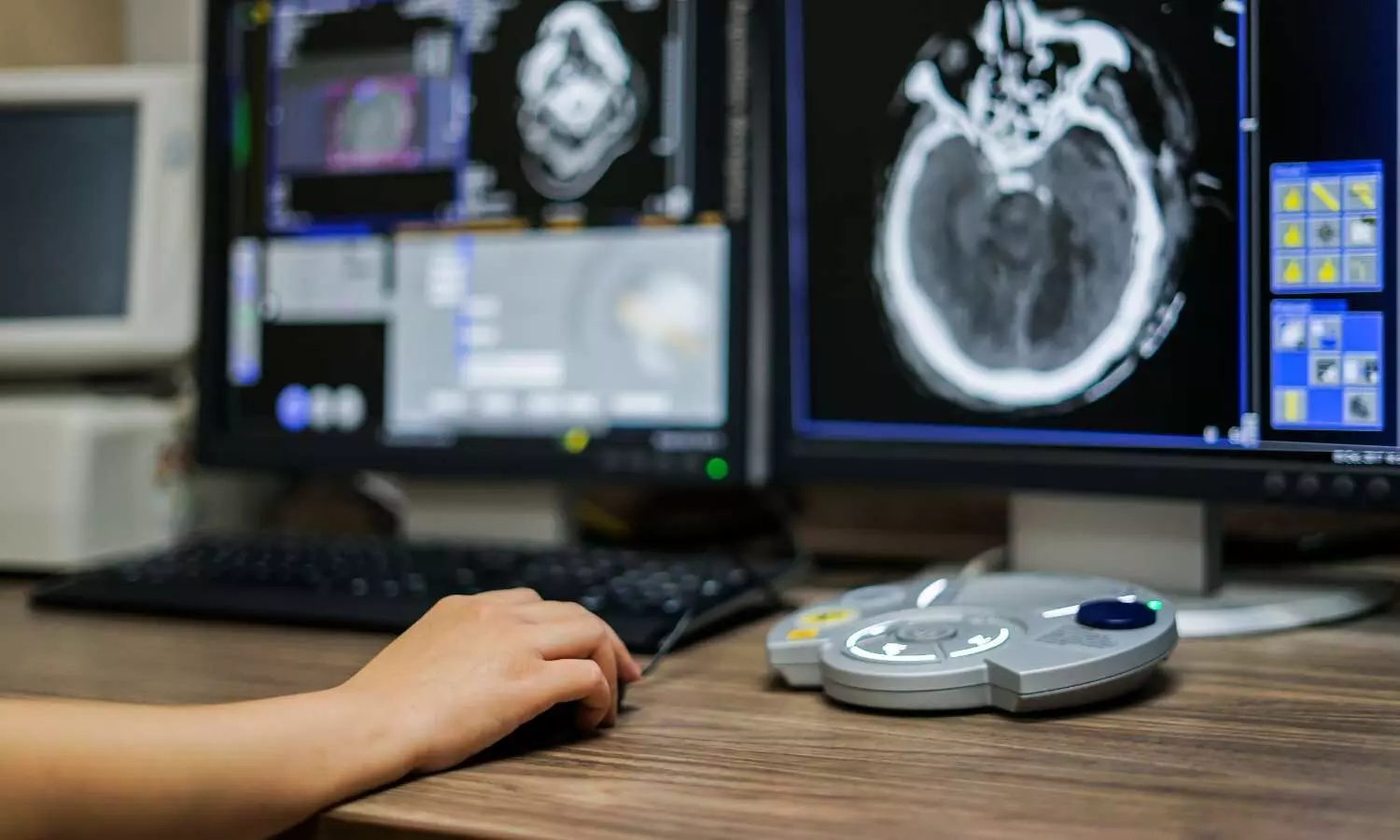Ultra-Low-Dose CT Outperforms Chest X-Ray for accurately diagnosing non traumatic patients in ED

A recent study has revealed that Ultra-Low-Dose CT (ULDCT) examinations of the chest, with only twice the radiation dose of a traditional Chest X-Ray (CXR), offer a significant advantage in detecting main diagnoses in non-traumatic emergency department patients. This study was published in e Clinical Medicine by Christian Wassipaul and colleagues.
The prospective crossover cohort trial, conducted between May 2nd and November 26th, 2019, has potential implications for enhancing diagnostic accuracy and patient care in emergency medicine. In this prospective trial, 294 non-traumatic emergency department patients, with clinical indications for a CXR, were included. Each participant underwent both CXR and ULDCT, and they were randomly assigned to two arms with inverse reporting orders. The goal was to compare the detection rate of diagnoses and their clinical relevance in a low-prevalence cohort.
Key Findings:
- Enhanced Detection Rate: The study revealed that ULDCT outperformed CXR in detecting main diagnoses. The detection rate for main diagnoses by CXR was 9.1%, while ULDCT achieved a significantly higher rate of 20.1%. ULDCT added 9.1% more main diagnoses to those already identified by CXR.
- Versatility of ULDCT: ULDCT offered higher detection rates not only for main diagnoses but also for all other clinical relevance categories. This included findings that might be clinically irrelevant for the specific emergency department visit. As a primary modality, ULDCT achieved a detection rate of 78.5%, compared to 16.2% for CXR. As an additional imaging modality, ULDCT demonstrated a detection rate of 68.2%, in contrast to 2.5% for CXR.
The findings of this study indicate that ULDCT of the chest offers a more than twofold increase in the detection rate of main diagnoses compared to traditional CXR. This improvement in diagnostic accuracy could have significant implications for emergency department patients by enhancing the identification of critical medical conditions.
ULDCT's ability to detect not only main diagnoses but also findings of varying clinical relevance highlights its potential to revolutionize emergency medicine. Future research may further explore the applications of ULDCT in various clinical settings and potentially redefine the standard of care for diagnostic imaging in emergency departments.
Reference:
Wassipaul, C., Janata-Schwatczek, K., Domanovits, H., Tamandl, D., Prosch, H., Scharitzer, M., Polanec, S., Schernthaner, R. E., Mang, T., Asenbaum, U., Apfaltrer, P., Cacioppo, F., Schuetz, N., Weber, M., Homolka, P., Birkfellner, W., Herold, C., & Ringl, H. Ultra-low-dose CT vs. chest X-ray in non-traumatic emergency department patients – a prospective randomised crossover cohort trial. EClinicalMedicine,2023;65(102267):102267. https://doi.org/10.1016/j.eclinm.2023.102267
from Medical News, Health News Latest, Medical News Today - Medical Dialogues | https://ift.tt/IAXvbsu
Comments
Post a Comment